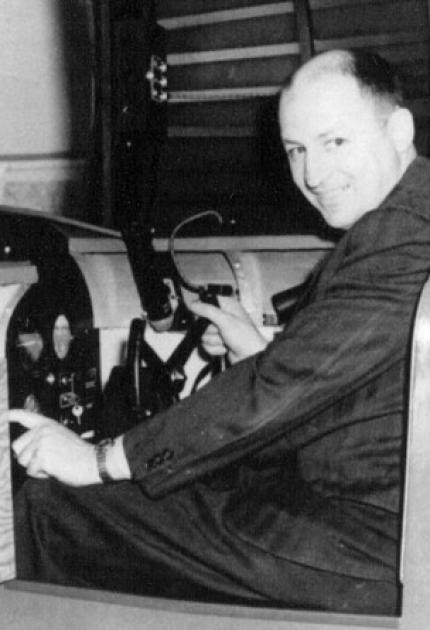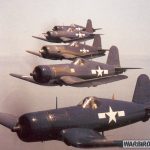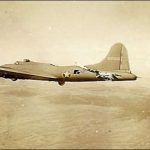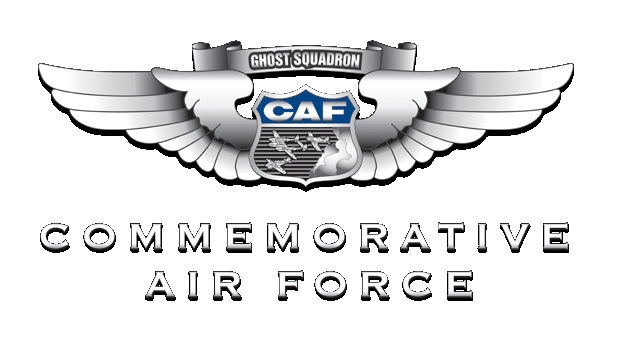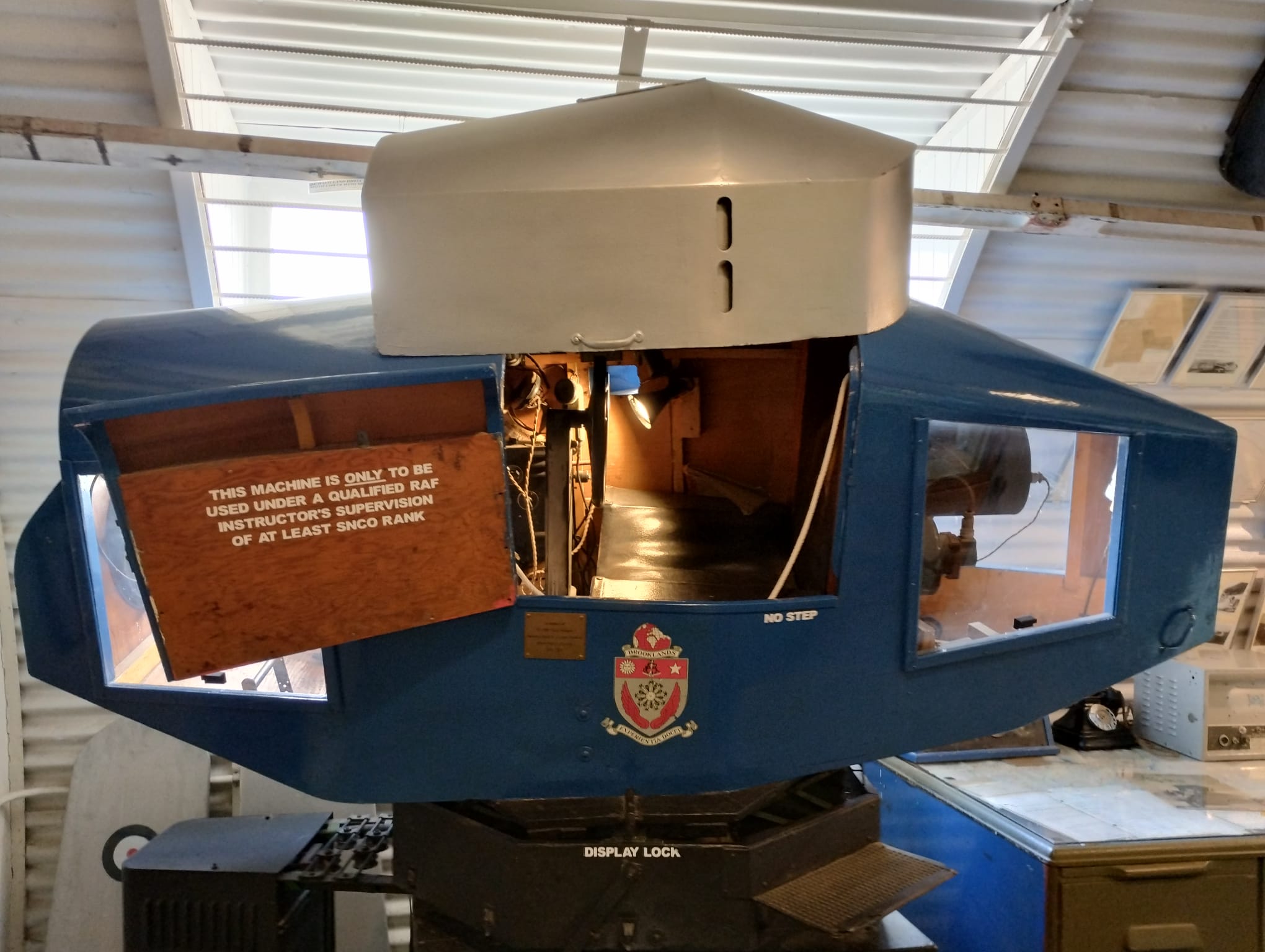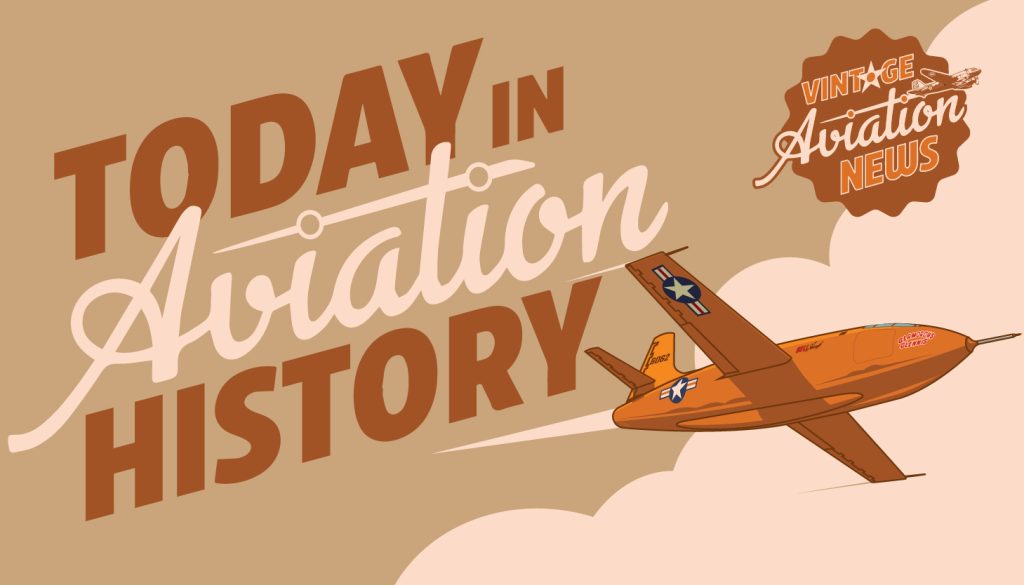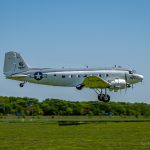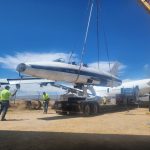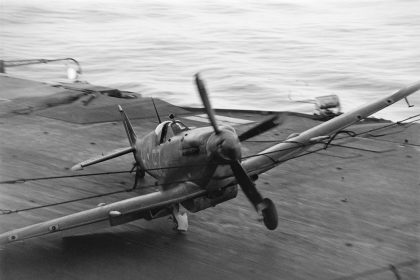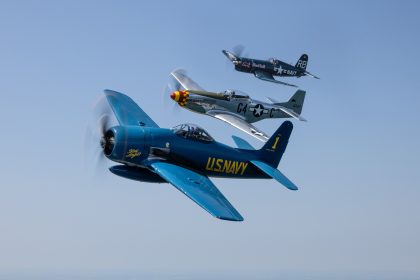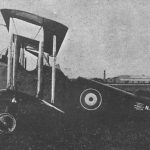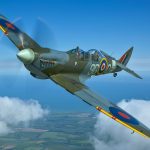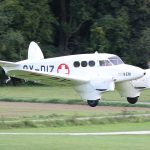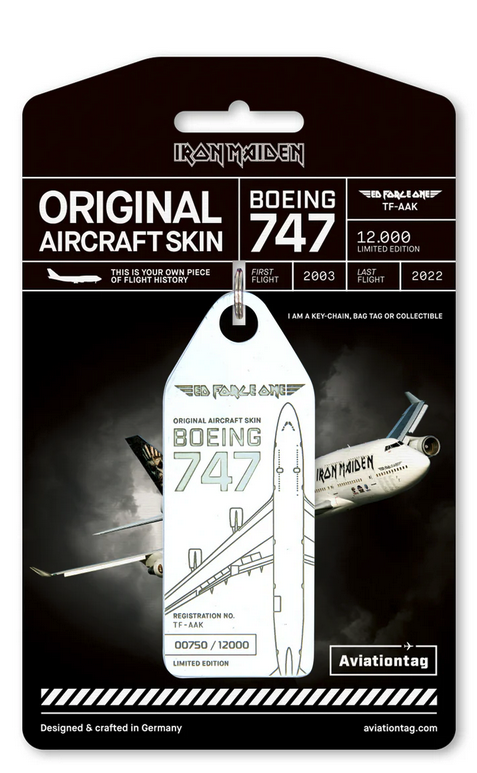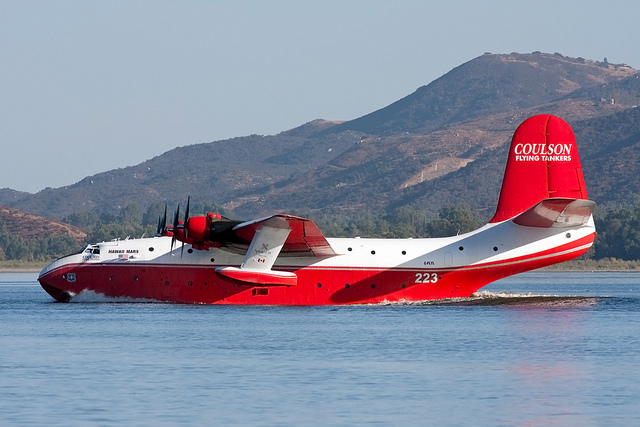On this day in aviation history—April 14, 1929—we mark the 96th anniversary of the introduction of the first ground-based flight trainer, developed by aviation pioneer Edwin “Ed” Link. That same year, Ed founded Link Aviation Devices in Binghamton, New York, where he combined ingenuity with parts from his father’s piano and organ business—such as bellows and compressed air systems—to develop a revolutionary tool that would transform pilot training.

The first model, known as the Pilot Maker, was born out of necessity. In an era when pilots were learning to fly by the seat of their pants, there was a growing need to teach instrument flying skills—especially in poor visibility or night conditions. Ed Link’s trainer provided a safe, realistic environment for new and low-time pilots to learn these crucial skills. Interestingly, some early units were also sold to amusement parks, thanks to Link’s decision to patent the Pilot Maker as both a flight training device and an “entertainment apparatus”—an early example of what we might now call edutainment.
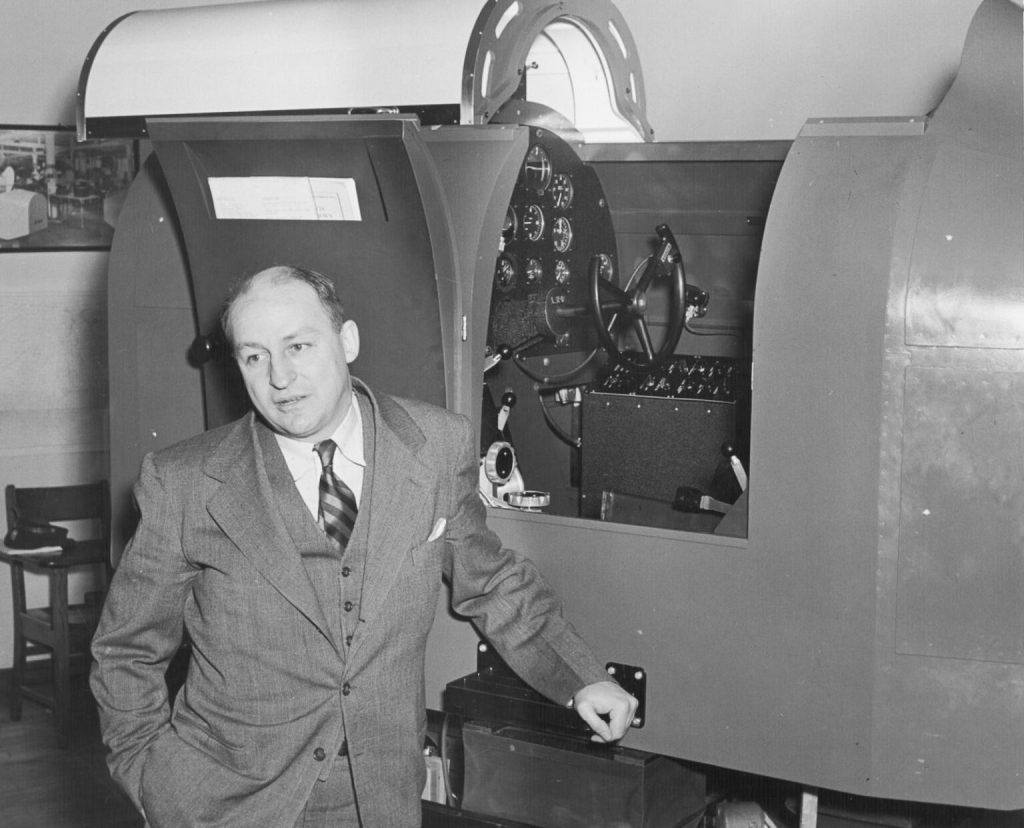
Among the most well-known of Link’s designs was the AN-T-18, also known as the Army-Navy Trainer Model 18. This version was widely adopted for military use during World War II. At the heart of the AN-T-18 was the iconic “Blue Box” cockpit, which enclosed the trainee in a vision-restricted space to simulate instrument-only flying. Outside the box, the instructor monitored the student’s progress at a control station featuring a map table and duplicated instruments. A wind-drift computer powered an ink marker—nicknamed “the crab”—which plotted the aircraft’s simulated course on the map. Bellows, gears, motors, and pulleys combined to move the trainer in response to the pilot’s inputs, mimicking real flight behavior. Headphones provided communication between the instructor and the student.

Today, many examples of the Link Trainer, including the AN-T-18, still exist in museums across North America—some even remain operational. Ed Link’s innovative spirit laid the foundation for modern flight simulation, from early analog trainers to today’s high-fidelity digital simulators like the Redbird and beyond. Could Ed Link have imagined just how far his idea would go? Nearly a century later, his invention continues to shape aviation training around the world. Check out this great article by Richard Mallory Allnutt, Vintage Aviation News Senior Editor and Military Aviation Museum’s Digital Content Curator.
